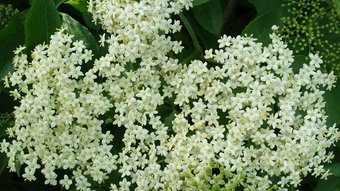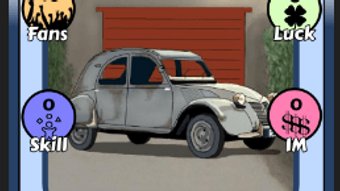Bumblebee
2
About :
In the village where I live, there is a forest and a wild garden (owned by the national trust). In the spring and summer, the buzz of the bumblebee is a characteristic sound that is often heard when I pass through the forest and gardens, but I never saw a hanging beehive. This is a bit different from my home country (tropical country) where we often see a bee's nest somewhere, usually hanging from a tree branch.
I just found out that there are several species of bumblebee that nest underground, choosing old rodent burrows or sheltered places, and avoiding places that receive direct sunlight that could result in overheating. Other species make nests above ground, whether in thick grass or holes in trees. A bumblebee nest is not organized into hexagonal combs like that of the honeybee; the cells are instead clustered together untidily.
The number of bees in one colony is also not as much as in a bumblebee colony. If ordinary bees can be around 50,000, then bumblebees are only about 50-500 in one colony.
Maybe that's why I never come across a bumblebee's nest when I walk in the woods. The nest does not hang in the trees and the number of colonies is not as much as honey bees (meaning the nest is not too big).
Bumblebee colonies will die in winter, except for the queen. The queen will hibernate until spring arrives. In the early spring, the queen comes out of diapause and finds a suitable place to create her colony. Then she builds wax cells in which to lay her eggs which were fertilized the previous year. The eggs hatch into female bees (worker bees). At some point, the queen will stop producing female bees (workers), and will switch to rearing males and young queens. Once the males have emerged, they will soon leave the nest in search of mating opportunities. Young queens (gynes) leave the nest in the autumn to mate, often more than once, with males (drones) that are forcibly driven out of the colony (Goulson, 2013. pp. 16–24)
When the weather gets cold, worker bees and male bees (drones) die. the young queens feed intensively to build up stores of fat for the winter. The young queen hibernates until winter ends.
Unfertilized eggs (of queen bees) will hatch into male bees (drones), where the fertilized eggs hatch into worker bees and queen bees.
Worker bees can also lay eggs, but the eggs will only produce male drones, and cannot produce female bees and new queens.
Bumblebees are important pollinators of both crops and wildflowers. (Modelling bee pollination: enter the 'flight arena'". Global Food Security. Biotechnology and Biological Sciences Research Council. Retrieved 11 February 2015). Because the bumblebee colony does not survive over winter, they do not stockpile honey, and therefore are not useful as honey producers.
Here is a video of bumblebees that I took during a walk in the garden
Music by:
Spring Flowers by Keys of Moon | https://soundcloud.com/keysofmoon
Music promoted by https://www.free-stock-music.com
Attribution 4.0 International (CC BY 4.0)
https://creativecommons.org/licenses/...
Tags :
Their limit for today is $0!




























Comments:
Reply:
To comment on this video please connect a HIVE account to your profile: Connect HIVE Account